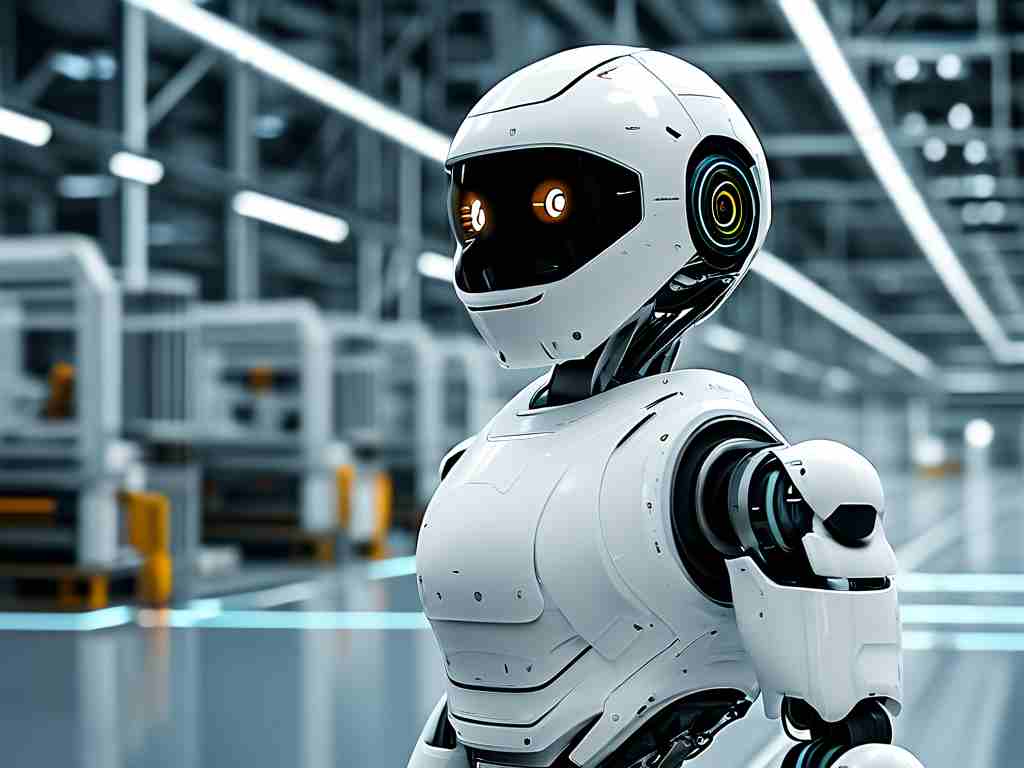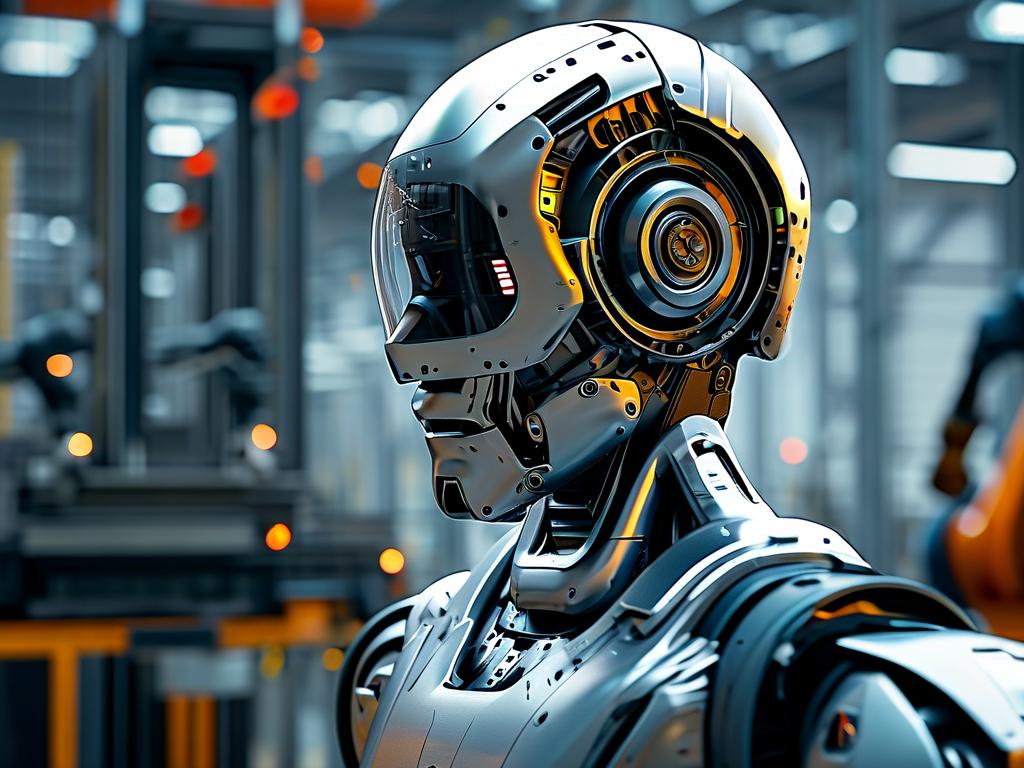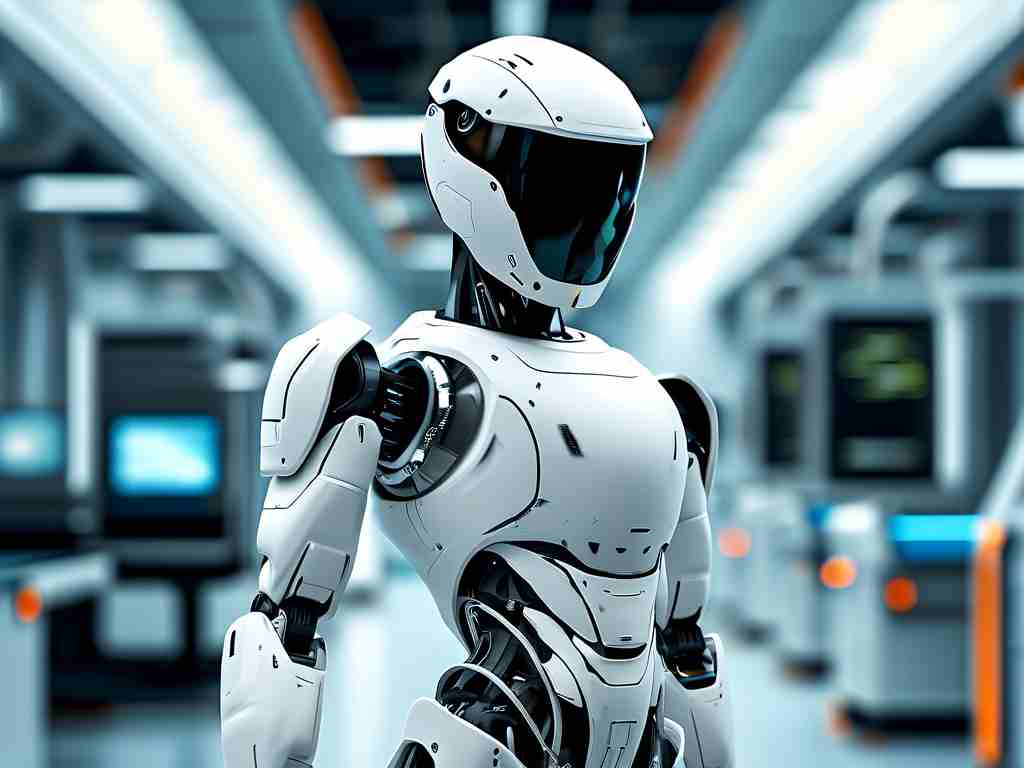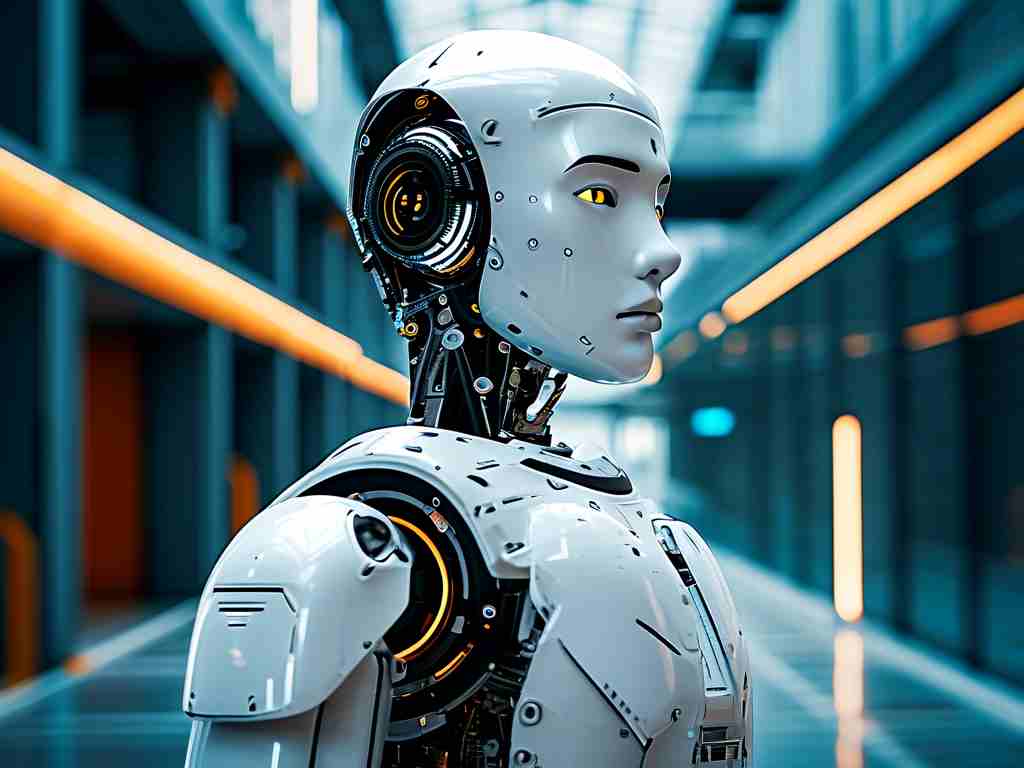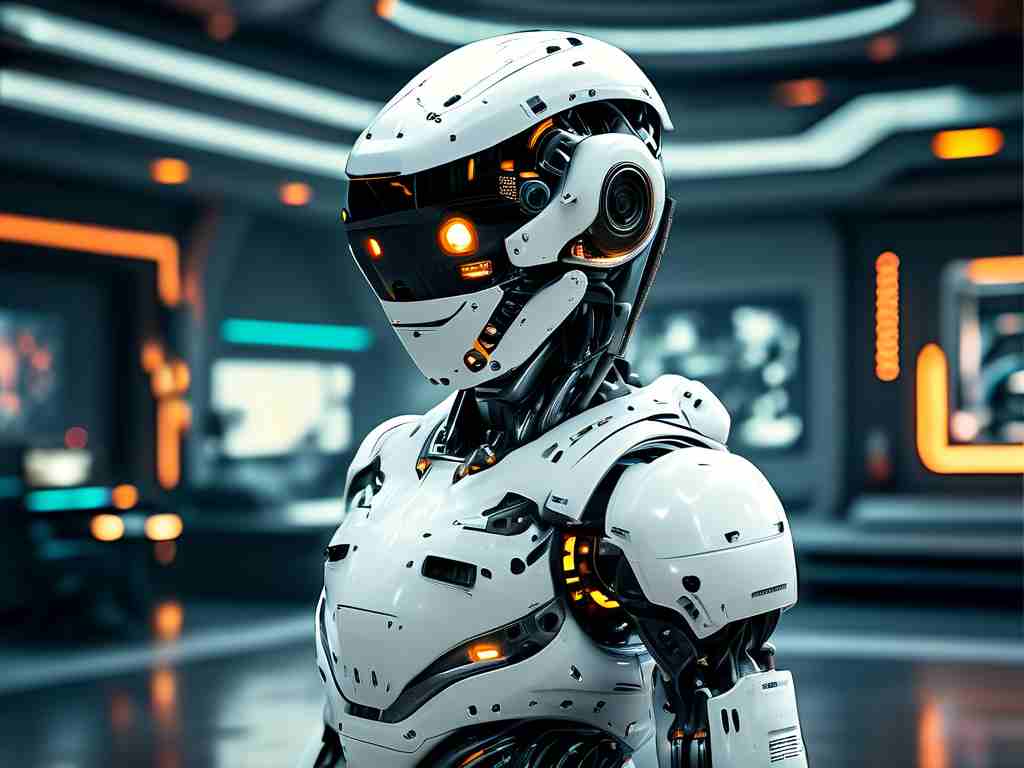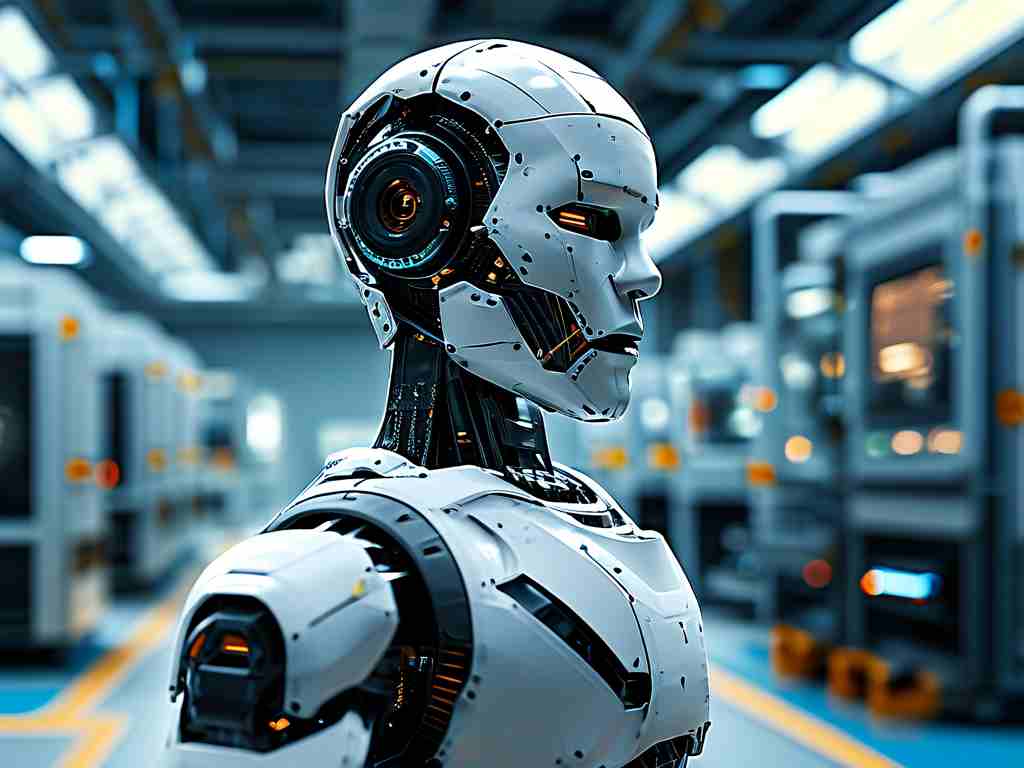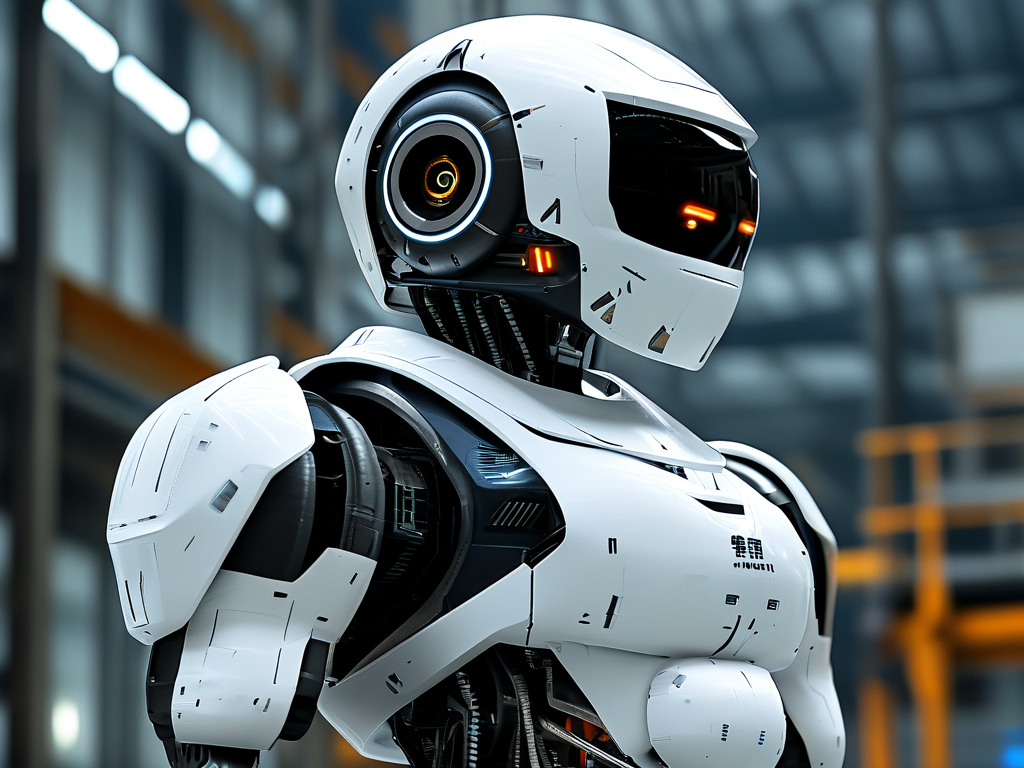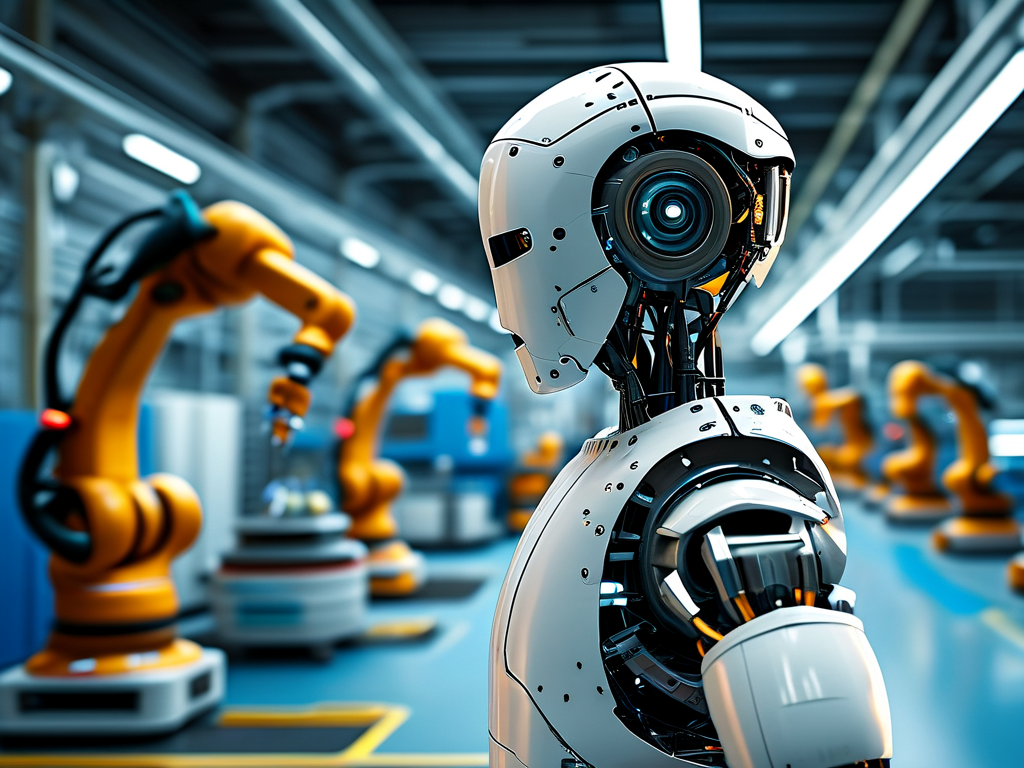The United States has entered a new phase of strategic investment in robotics, driven by geopolitical tensions and domestic productivity demands. Federal agencies recently unveiled a $247 million initiative to fast-track applied robotics research, signaling a deliberate push to reclaim leadership in automation technologies historically challenged by Asian competitors.
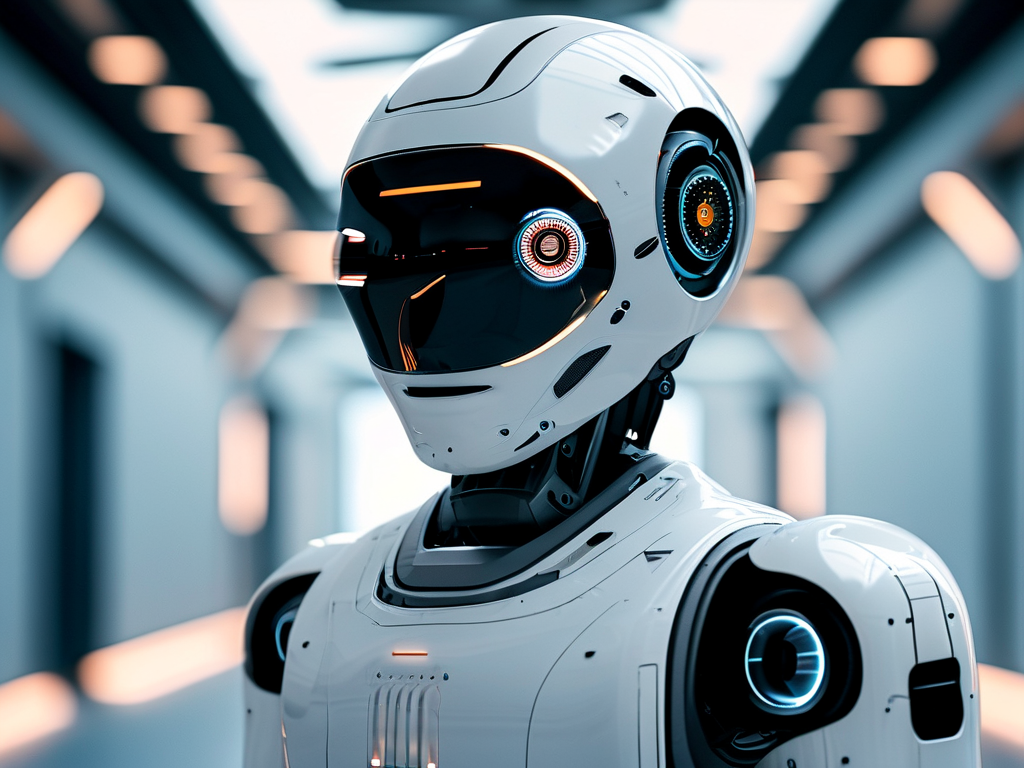
Behind this surge lies a recalibrated approach blending defense priorities with civilian applications. The Pentagon’s Defense Advanced Research Projects Agency (DARPA) now collaborates with academic consortia on dual-use systems, exemplified by bipedal robots initially designed for battlefield logistics now adapted for disaster response. Stanford researchers demonstrated this crossover potential last month, deploying agile humanoid bots in wildfire zones to map hotspots – technology derived from military-funded mobility algorithms.
Industrial automation tells a parallel story. Michigan’s automotive belt witnesses accelerated robot adoption, with Ford deploying vision-guided assembly arms achieving 0.02mm precision – surpassing human capabilities. This precision arms race extends to micro-manufacturing, where Boston Dynamics’ latest “Atlas Prime” models conduct circuit board repairs under electron microscopes, reducing semiconductor factory defects by 37% according to MIT productivity audits.
Healthcare robotics reveals unexpected growth vectors. The FDA’s accelerated approval pathway cleared 14 surgical robotics platforms in 2023 alone, including a Johns Hopkins-developed nanobot swarm for targeted chemotherapy. Rural clinics now employ telepresence robots conducting initial patient triage, addressing physician shortages – a solution gaining traction post-pandemic.
Agricultural automation statistics underscore scalability. California’s strawberry farms utilizing AI-enabled harvesters report 22% yield improvements through millimeter-accurate fruit selection, while autonomous tractors from John Deere now plant 14% of Midwest cornfields using real-time soil analytics. These advancements partially explain the 19% year-over-year growth in agricultural robotics patents filed through USPTO’s fast-track program.
Critics highlight workforce displacement concerns, though Labor Department data suggests countervailing job creation in robot maintenance and AI training roles. The emerging “cobot economy” – where humans supervise machine learning models – already employs 340,000 technicians according to Bureau of Labor Statistics Q2 reports.
Global competition remains fierce. While U.S. robotics patent filings grew 31% last year, China’s Ministry of Industry claims a 40% surge in industrial robot deployments. European counterparts counter with ethical AI frameworks influencing international standards. This tri-polar competition accelerates innovation but complicates supply chains, as seen in Nvidia’s struggle to meet demand for robotics-specific GPUs.
Looking ahead, three trends dominate expert forecasts: increased focus on tactile feedback systems mimicking human dexterity, swarm robotics for large-scale operations, and quantum computing integration for real-time decision matrices. The National Robotics Initiative’s 2025 roadmap prioritizes these domains, allocating 45% of its $180 million budget to sensor fusion technologies.
As laboratories transition prototypes to production lines, the coming decade may witness robotics permeating daily life beyond factory floors – from self-repairing infrastructure to personalized education avatars. What remains certain is that America’s renewed investment signals a calculated bid to control both the physical and economic landscapes of automation’s next frontier.


